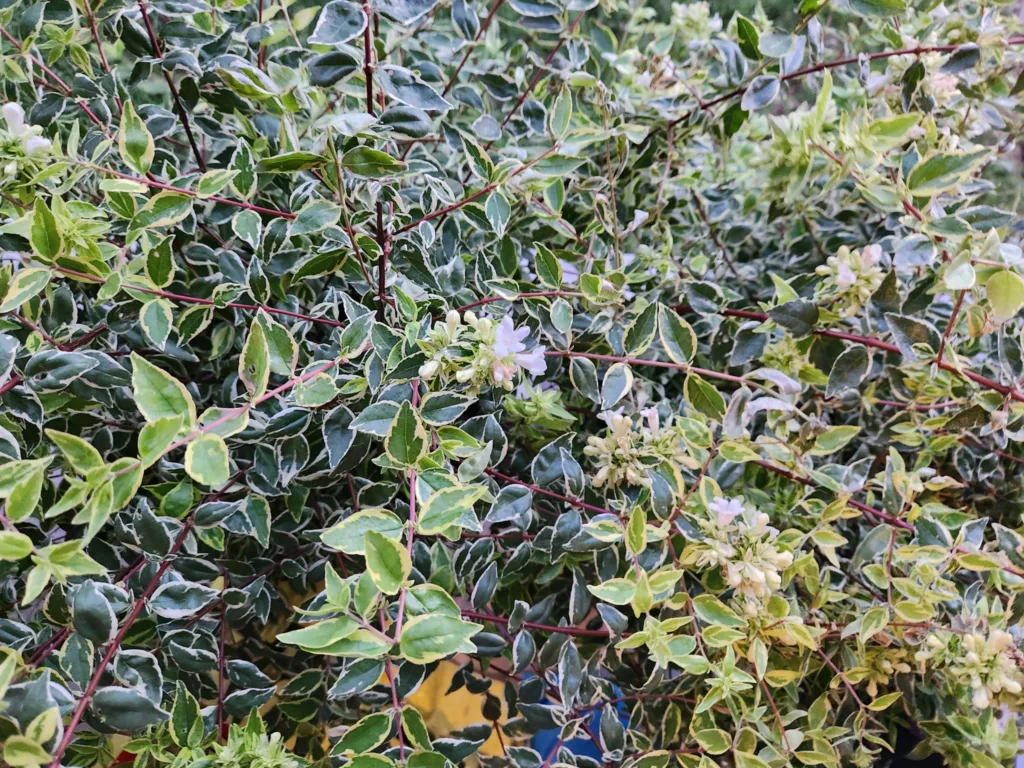
FAQs About Winterberry
Winterberry is a fascinating plant that has captured my interest over the years. As someone who loves gardening and exploring different plants, I’ve often encountered questions about Winterberry. In this article, I’ll address some of the most frequently asked questions about Winterberry, from its edibility to its comparison with other similar plants.
Plant Family: Aquifoliaceae – 569 Species in Genus Ilex – Holly Tree
What is Winterberry?
Winterberry (Ilex Verticillata) is a deciduous holly native to North America. It’s known for its vibrant red berries that persist through winter, adding a splash of color to the cold months. Unlike many evergreen hollies, Winterberry loses its leaves in the fall, which allows its bright berries to stand out even more.
Are Winterberries Edible?
Winterberries are not edible. While they might look tempting, they are not suitable for human consumption. The berries contain compounds that can be toxic if ingested, leading to digestive issues and other discomforts.
Is Winterberry Poisonous?
Yes, Winterberry is considered poisonous. The berries contain saponins, which can cause nausea, vomiting, and diarrhea if ingested in large amounts. It’s important to keep Winterberry out of reach of children and pets to avoid any accidental ingestion.
Are Winterberries Poisonous to Dogs?
Winterberries can be toxic to dogs. If a dog eats the berries, it might experience symptoms such as vomiting, diarrhea, or stomach upset. If you suspect your dog has ingested Winterberry, it’s best to consult with a veterinarian.
Is Winterberry Poisonous to Cats?
Winterberry is also toxic to cats. Similar to dogs, cats may suffer from gastrointestinal issues if they consume the berries. It’s advisable to ensure that Winterberry plants are placed in areas where pets cannot access them.
Do Deer Eat Winterberry?
Deer generally avoid Winterberry. The plant’s toxic properties make it unappealing to deer, so it’s a good choice for gardens where deer are a problem. However, in severe hunger situations, deer might nibble on the leaves or stems, though they typically leave the berries alone.
Does Winterberry Lose Its Leaves?
Yes, Winterberry is a deciduous plant, meaning it loses its leaves in the fall. This seasonal shedding exposes the striking red berries, making Winterberry a standout in winter gardens.
How to Grow Winterberry?
Growing Winterberry is relatively straightforward. Here are the basics:
- Location: Winterberry thrives in full sun to partial shade. It prefers moist, well-drained soil but can tolerate a range of soil types.
- Planting: Plant Winterberry in the fall or early spring. Space the plants about 6 to 8 feet apart to accommodate their mature size.
- Watering: Keep the soil consistently moist, especially during the growing season. Winterberry is relatively drought-tolerant once established.
- Pruning: Prune Winterberry in late winter or early spring before new growth begins. This helps maintain its shape and encourages healthy growth.
How to Propagate Winterberry?
Winterberry can be propagated through seed or cuttings. For seeds, collect them in the fall and stratify them in the refrigerator for 30 days before planting. For cuttings, take 4- to 6-inch cuttings from healthy plants in late summer and root them in a moist, well-drained medium.
Is Winterberry Invasive?
Winterberry is not typically considered invasive. It grows well in its native range without spreading aggressively. However, it’s always a good idea to monitor any plant in your garden to ensure it does not outcompete other native species.
What Does Winterberry Smell Like?
Winterberry does not have a strong or distinct smell. The primary appeal of Winterberry is its visual impact, with the bright red berries providing a splash of color in winter.
Winterberry vs. Holly
Winterberry and Holly (Ilex aquifolium) are both members of the Ilex genus, but they have distinct differences. Winterberry is deciduous and loses its leaves in winter, revealing its berries. Holly, on the other hand, is evergreen and retains its glossy leaves year-round. Holly leaves are also spiny, while Winterberry leaves are not.
Winterberry vs. Possumhaw
Winterberry and Possumhaw (Ilex decidua) are often confused because they are similar in appearance and behavior. Both are deciduous hollies with bright berries, but they are different species. Winterberry generally has a more uniform appearance and tends to be a bit larger than Possumhaw. Possumhaw berries can range in color from red to yellow, whereas Winterberry berries are typically red.
Common Problems with Winterberry
One common issue with Winterberry is its need for both male and female plants to produce berries. Only female plants produce berries, so having a male plant nearby is essential for pollination. Additionally, Winterberry can be susceptible to pests like scale insects and diseases such as leaf spot, so regular monitoring and maintenance are crucial.
Winterberry is a beautiful and hardy plant that can add winter interest to any garden. By understanding its needs and characteristics, you can ensure it thrives and enhances your landscape throughout the colder months.
If i die, water my plants!



